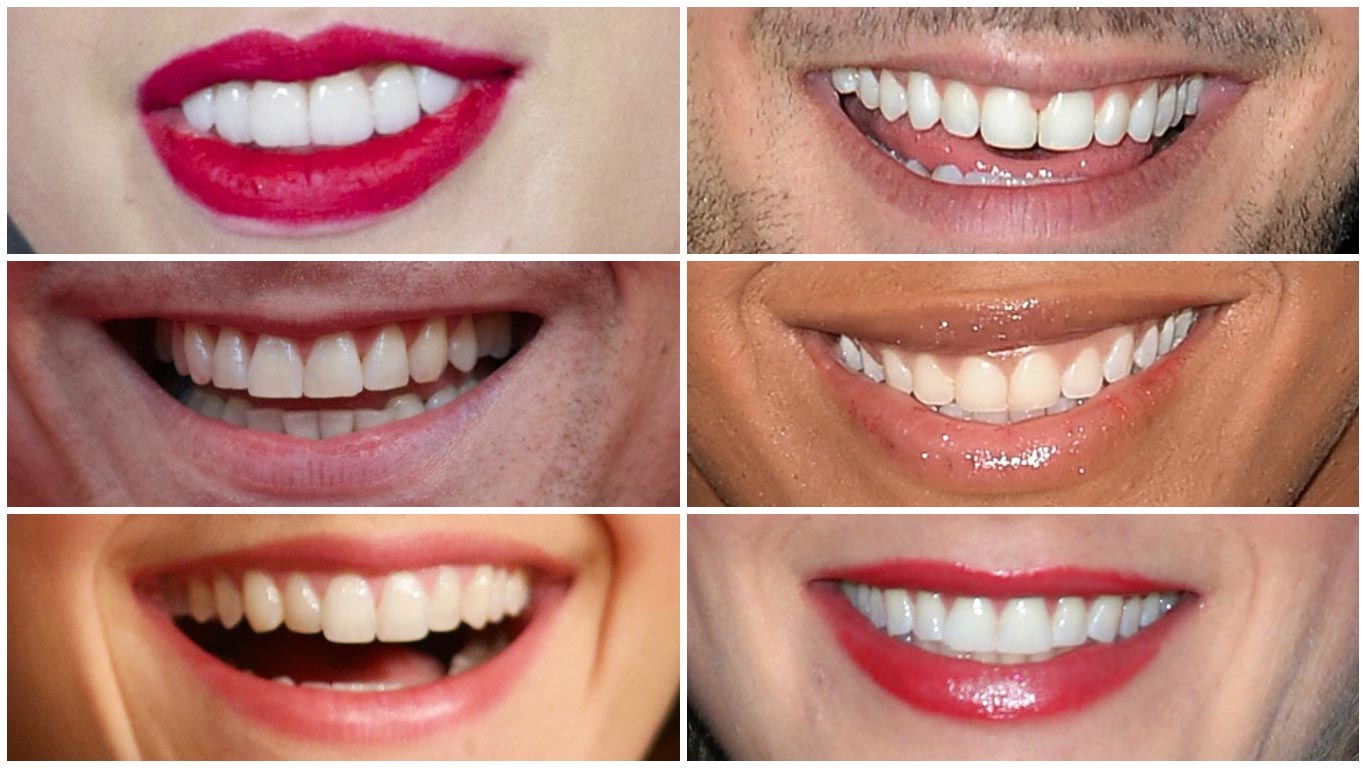Cheers erupted in the wildlife conservation organisations last week as news reported that Yang Fenglan, known as the “Queen of Ivory” has been caught for trafficking $3.5 million worth of ivory. This is a breakthrough in the elephant poaching crisis which showed no signs of improvement earlier this year.
“According to a study done in 2014, 100,000 elephants have been killed in a short span of three years.”
You might be thinking, what has this piece of news got to do with a dental clinic? Other than our love for wildlife, we realised that there are actually more similarities in an elephant’s tusk and human teeth than you would think.
Here is a compilation of the top 5 things you may not know about elephant’s tusks. Do us a favour and spread the word by sharing the information with your friends!☺
1. They are actually part of the elephant’s teeth
The elephant’s tusks are actually elongated incisors and are essentially no different from other teeth. It is the equivalent of our incisor teeth (the tooth on either side of our two front teeth).
2. No two tusks are alike
Researchers use the elephant’s tusks and ears to differentiate them. Similarly, all of us have a unique set of teeth and smile. Try guessing whose teeth are these!
Here’s a hint for the first photo on the top left corner to start you off: this pop star loves singing about her red lips. (All answers are found here.)

3. They are made up of stuff similar to human teeth
One-third of the elephant’s tusk that is hidden deep in the elephant’s head is made up of pulp, blood and nerves. The visible, ivory part is made up of extremely dense dentin, which is also found in our teeth.

(Right) Photo Credit: US Fish & Wildlife Service Forensics Lab
Similar to our teeth, the tusk does not grow back if it is broken off at its root. While humans have the option of visiting a dentist to replace missing teeth, elephants sadly, do not, which brings us to our next point.
4. Elephants die after their tusks are removed ☹
More often than not, elephants are killed directly so that poachers are able to hack out the entire tusk (remember that one-third of the tusk is hidden in the elephant’s head?). Poachers choose to kill rather than to tranquilise, as the latter is considered to be a more dangerous, time-consuming and costly method to remove the tusks.
In the event that the elephant’s life is spared during the process, it is left with a broken tusk. This exposes the teeth’s pulp, nerves and blood tissue, leading to deadly infections and ultimately a painful death.
5. Not all elephants have tusks
All African elephants grow tusks. Only some male Asian elephants have tusks, while their female counterparts have tushes (stunted tusks) but not tusks.

This article is possible thanks to the findings from the following animal loving websites: The Dodo and African Wildlife Foundation.





